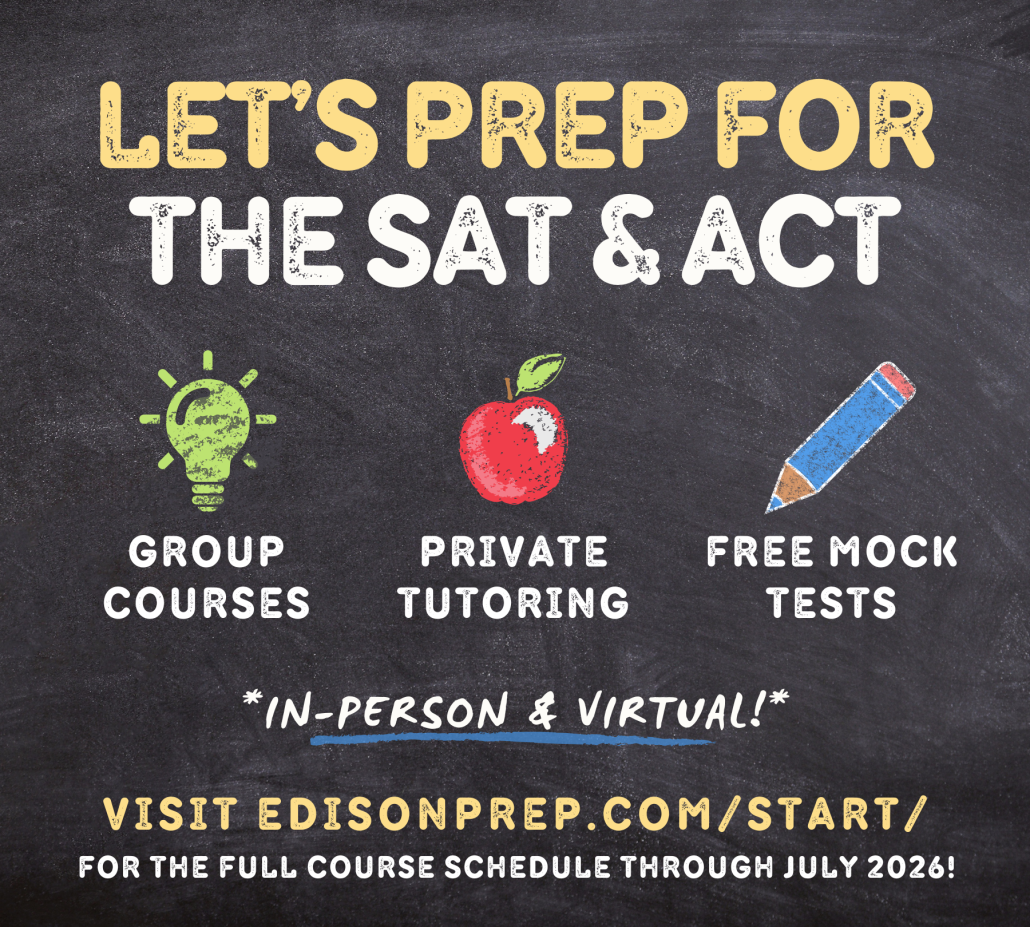Guest Post: How to Turn Academic Goals into a Reality
By Lee Allen – Simply Admissions
Setting academic goals is easy—achieving them is where the real challenge begins. Whether you want to raise your GPA, get into your dream college, or master a difficult subject, success requires more than just motivation. It takes strategy, a regimented routine, and consistency. In this blog, we’ll break down the steps to turn your academic aspirations into tangible achievements, helping you stay on track and reach your full potential.
Setting Goals That Stick
The key to achieving your goals is intentionality. One effective way to maintain focus is by using the SMART framework, which ensures your goals are:
- Specific: Clearly define what you want to accomplish.
Example: “I want to improve my Algebra grade from a B- to an A by the end of the semester.” - Measurable: Identify how you’ll track progress.
Example: “I will track progress through weekly quiz scores and monthly test results.” - Attainable: Set goals that are realistic given your situation.
Example: “I want to raise my history grade from a C+ to a B by dedicating 30 minutes daily to review class notes.” - Relevant: Tie your goal to a larger purpose or aspiration.
Example: “I want to develop better study habits to prepare for advanced placement courses next year.” - Time-bound: Set a clear deadline to keep yourself accountable.
Example: “I want to master 20 new SAT vocabulary words every week until the test date in April.”
Building a Routine for Success
Goals are often not met when they aren’t supported by a sustainable routine. A well-structured schedule can help keep you on track and make steady progress toward your objectives. Break down your goals into manageable, bite-sized tasks such as:
- Setting aside study hours.
- Dedicating time to homework sessions.
- Regularly reviewing class notes or textbook materials.
Instead of cramming all these activities into one large block, schedule smaller, more frequent sessions. Research shows that the spacing effect—spreading out study sessions over time—boosts retention and enhances long-term memory. If you’d like to dive deeper into strategies like interleaving and spaced practice, let me know—I’ve had the privilege of presenting on these topics at state-level conferences, and they’re a true passion of mine.
Monitoring Your Progress
Tracking your progress is critical for staying motivated and making necessary adjustments. Set aside time each week to reflect on what’s working and what isn’t. Consider using tools like journals, planners, or task management apps to document your journey.
Don’t forget to celebrate your achievements, no matter how small. Recognizing milestones—whether it’s acing a quiz or completing a week of consistent study sessions—can keep your spirits high and your momentum going.
Consistency is Key
The most important ingredient for turning resolutions into reality is consistency. Even the best-designed routines won’t succeed without commitment. Over time, consistent effort transforms routines into habits, and habits yield lasting results. Not only will you reach your goals, but you’ll also develop skills and behaviors that continue to benefit you long after.
Take the SMART Challenge
Now it’s your turn to take action! Set three SMART goals for yourself:
- Academic Goal – Focus on improving a subject, learning a new skill, or tackling a specific project.
- Extracurricular Goal – Build a new skill, join an organization, or enhance your contributions to a team.
- Personal Goal – Focus on something outside of school, like a hobby, fitness, or personal growth.
Write down your goals and share them with a friend, teacher, or mentor to help keep yourself accountable. You might be surprised by how much you can accomplish when you set intentional, achievable goals!
By setting intentional goals, creating a supportive routine, tracking your progress, and staying consistent, you can turn your aspirations into tangible outcomes. The journey won’t always be easy, but with the right strategies, your goals can become more than just aspirations—they can become accomplishments.
By Lee Allen, Simply Admissions
Lee Allen is the CEO of Simply Admissions, an independent educational consulting firm dedicated to guiding students through the college admissions process with clarity, strategy, and confidence. As a former educator and recognized district Teacher of the Year, Lee combines data-driven insights with a student-first approach to help families navigate the entire college admissions process, from identifying interests and cultivating extracurricular activities to college applications, essays, and admissions decisions. Simply Admissions emphasizes personalized guidance, ensuring that students find the right academic and financial fit for their future.









